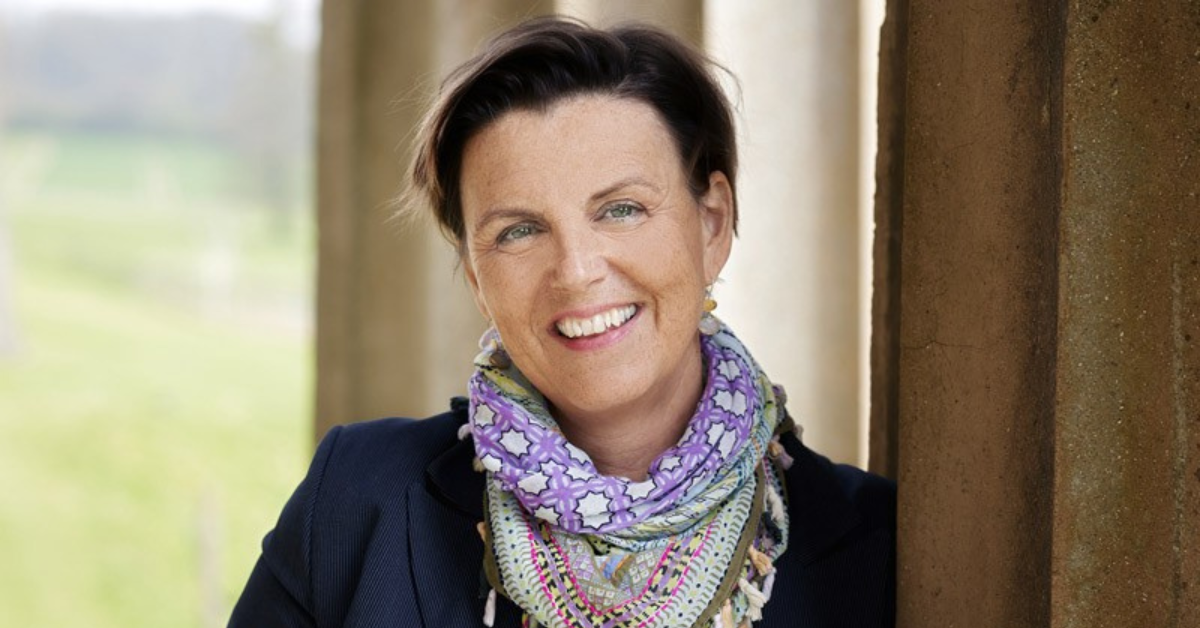How can shared ownership help sustainability in boating?
 Peter Franklin
Peter Franklin
The world is changing when it comes to the concept of ownership and what has become known as the ‘sharing economy’ is opening up new opportunities. Some of these creative schemes are not only improving the sustainability of our planet, but also driving business sustainability and growth in the commercial world.
A report jointly published last year by the Dutch Banking group ABN Amro and the Amsterdam-based Circle Economy group, looked at the future for automobiles and how the manufacturing and utilisation of them would most likely change.
Entitled ‘On the road to the Circular Economy,’ the subject was introduced with the following prophecy from Thijs Jasink, who is Chief Operating Officer of electronic car component manufacturer ACtronics:
“Private ownership of cars will disappear – though not completely – and cars will be owned by the manufacturer in the next 10-15 years. This will result in fewer cars, due to the fact that they will be more heavily utilised through sharing.”
Utilise more for better sustainability.
The utilisation of any asset has to be taken into account when it comes to its life cycle assessment (LCA.) So, when you calculate the full financial and environmental cost of a manufactured product, you take its raw material, energy, carbon emission, maintenance and end-of-life disposal costs, and by dividing this total by the number of hours of productive use, you can arrive at a cost per hour, which is obviously lower with higher usage.
Already with cars, we sometimes see very low usage hours, which drives the argument that there should be less of them on the road, particularly as roads are overcrowded and pollution levels are unacceptably high!
However, our leisure boating industry certainly does not want or need to see less boats on the water. We actually want to see more people engaged in the healthy pastime of boating, more boats being sold, and higher average hours of utilisation per boat!
So surely there is a perfect opportunity to get more hours of pleasure from the average boat, and to get more people engaged in boating, with all the benefits it brings for sport, relaxation, physical fitness, and mental stimulation.
Boat sharing schemes - are they a route to sustainable growth?
An article recently published by METSTRADE’s media partner IBI News magazine provided a profile overview about the US-based Freedom Boat Club, which has been in business since 1989, so, certainly not a new upstart to the concept of shared boat ownership.
Currently they have 130 bases in 23 states plus a Canadian base in Vancouver, with a fleet of 1,500 boats and some 15,000 members. The Freedom company owns about 20 clubs, but the majority of its expansion over the years has come from a successful franchising model.
The boat club model works by having members pay an annual fee rather than an hourly or weekly charge. You can choose from a number of boats, usage periods and geographical locations; this of course differentiates it from the conventional charter concept.
The company’s CEO John Giglio told IBI that their business model has expanded rapidly since 2011, partly because of the global recession making it harder to finance the purchase of boats. But also partly due to the changing attitudes of the ‘Millennial generation, who he says are less addicted to the pride of ownership, and more focused on the benefits of boat usage without the hassle of actually owning one.
“Around a third of members come with no previous boating experience,” says Giglio, “so we offer all of our members extensive training courses.”
More information at: www.freedomboatclub.com
Will fractional boat ownership become more widespread?
Another company that has been very successful in the US, having been established since 2001, is SailTime. Here again the concept on offer differs completely from the charter market, in that the ownership of the boat is split between a number of owners with the upkeep and maintenance taken care of via a managed plan. This means that the amount of time available for each owner to enjoy the boat, is much more than the one or two weeks that one would usually charter for.
In fact SailTime says that it is possible to use the boat between 3 and 7 times per month depending on the ownership programme, and that the typical fractional scheme involves a maximum of 8 members, who have all been highly trained to keep the boat in the best possible condition.
The SailTime business model presents a franchise type opportunity for entrepreneurs who would like to run the fractional ownership programme with full training, and to benefit from the use of the boat themselves. The fleet availability has also been well researched and negotiated for the best prices with reputable boat builders.
On offer are proven models such as the Beneteau Oceanis range, the Lagoon catamarans for sailboats, and the Beneteau Swift Trawler, or the twin hulled Lagoon 40 are examples of the power boat options.
More info at : www.sailtime.com
Well what do you think? Are the popular boating areas in the Mediterranean, the Netherlands, the UK etc. about to see these types of sharing, fractional ownership schemes springing up?
Have you experienced something like it yourself? Do you see downsides? Is it really a way to get more boats, and more boaters on the water?
Please leave us your comments below, thank you!
Share your stories on leisure marine industry with us
Do you have an innovation, research results or an other interesting topic you would like to share with the leisure marine equipment industry? The METSTRADE website and social media channels are a great platform to showcase your stories! Let us know via metstrade@rai.nl
Are you a METSTRADE exhibitor?
Make sure you add your latest press releases to your Company Profile in the Exhibitor Portal for free exposure.


